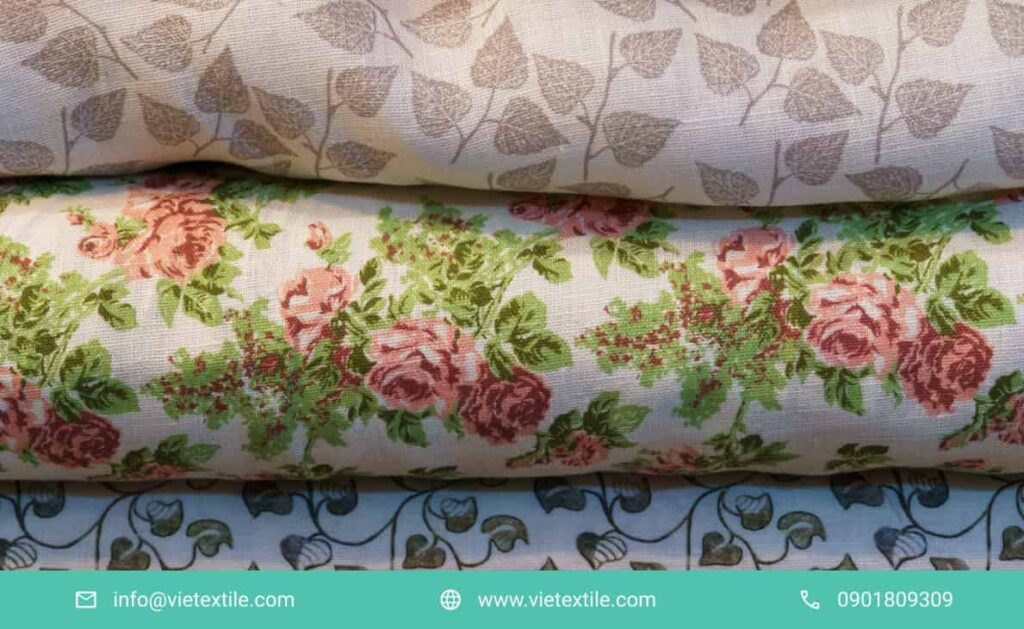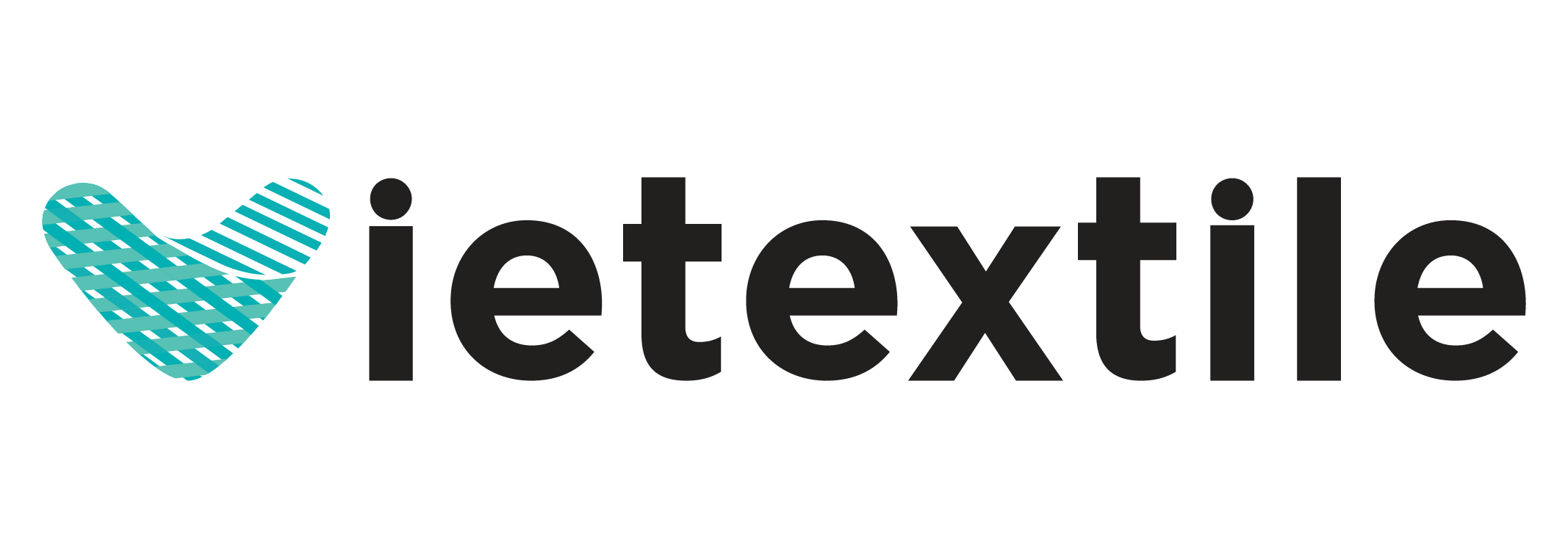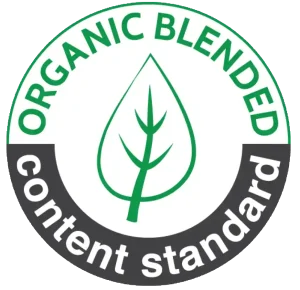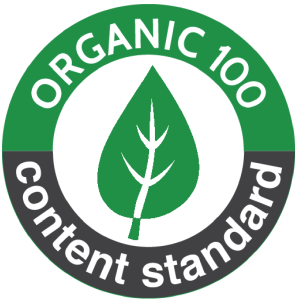Silk, the epitome of luxury in the textile world, presents a unique set of challenges and opportunities for digital printing. Its delicate protein structure, high luster, and demanding standards for color brilliance and hand-feel necessitate a highly specialized approach to the chemical preparation stage.
For the process of direct printing silk fabric, the pretreatment is arguably more critical than the printing itself, as it chemically primes the polypeptide structure to accept, fix, and retain the dye molecules.
Unlike cellulosic fibers (like cotton) which require alkaline conditions, silk—a protein fiber derived from the cocoon of silkworms—requires an acidic environment for dyeing. This fundamental difference mandates the use of Acid Inks and a specific cocktail of pretreatment chemicals, including acid donors, high-purity thickeners, and humectants. Without this precise chemical recipe, the ink would simply fail to bond, resulting in washed-out colors, poor wash fastness, and unacceptable print quality.
This comprehensive technical guide is aimed at textile professionals and production managers, offering a molecular-level breakdown of the essential chemicals and methodologies employed to successfully prepare direct printing silk fabric.
We will detail the function of each component, explain the ionic bonding mechanism unique to protein fibers, and provide insights into optimizing the pretreatment process for industrial-scale consistency and superior aesthetic results. Mastering this stage is the non-negotiable prerequisite for maintaining the prestige and performance associated with high-quality silk textiles.

1. The Chemistry of the Substrate: Why Silk is Different
Nội dung tóm tắt
ToggleSilk (primarily fibroin) is a natural protein fiber, meaning its chemical structure is fundamentally different from that of cotton (cellulose). This protein structure dictates the entire chemical process required for color fixation.
1.1. The Polypeptide Chain and Amino Groups
Silk is composed of long chains of amino acids linked by peptide bonds. These chains are rich in functional groups that are crucial for dyeing:
- Amine Groups (-NH2): These are the key cationic sites. In an acidic environment, these groups readily protonate (accept a hydrogen ion) to form positively charged ammonium groups (-NH3+).
- Ionic Bonding Sites: These positively charged sites are the only available receptor sites for the negatively charged Acid Dyes. The number and accessibility of these groups directly correlate with the maximum depth of shade achievable on the direct printing silk fabric.
- Delicacy and Thermal Sensitivity: Unlike robust cellulose, silk is sensitive to high temperatures and strong alkalis. Aggressive chemical treatment or excessive heat can hydrolyze the peptide bonds, leading to loss of strength and luster (a process known as ‘tendering’).
1.2. Why Acid Dyes are the Only Solution
Due to the positively charged amine groups in an acid environment, the negatively charged anionic dye molecules of Acid Inks are drawn to the fiber surface by powerful electrostatic forces.
- Ionic Bond Formation: The resulting bond is an ionic bond, formed between the R-SO3- group (Sulfonate group) on the dye molecule and the -NH3+ group on the silk fiber. While ionic bonds are weaker than the covalent bonds formed by Reactive Dyes on cotton, they are the strongest possible permanent bond achievable on protein fibers and provide excellent wet fastness when properly fixed.
2. The Core Chemical Components of Silk Pretreatment
The pretreatment solution for direct printing silk fabric is designed to perform three critical functions: create the required acidic environment, control the viscosity for precise printing, and manage moisture to aid dye mobility.
2.1. The Acid Donor: Creating the Cationic Site
This is the most crucial chemical component, responsible for setting the correct pH and activating the silk fiber.
- Mechanism: The acid donor releases hydrogen ions (H+) into the solution. These ions protonate the amine groups on the silk fiber, converting them to the positive ammonium state (-NH3+). The ideal pH range for silk pretreatment is typically low, around pH 3.5 to 5.0.
- Chemical Choices:
- Volatile Organic Acids (e.g., Acetic Acid): These are commonly used in the dyebath but may not be the primary donor in digital pretreatment, where non-volatile options are preferred for consistency.
- Non-Volatile Acid Donors (e.g., Citric Acid, Tartaric Acid, or specialized acid salts): These are often used as they remain active in the pad bath and on the dried direct printing silk fabric, ensuring the acidic environment is maintained through the printing stage and into fixation.
- Consequence of Error: If the pH is too high (too neutral), the amine groups will not be fully protonated, resulting in very low color uptake and poor fixation.
2.2. The Thickeners/Anti-Wicking Agents: Sharpness and Definition
Since digital inks are low-viscosity, a thickener is essential to prevent lateral spread (wicking or bleeding) on the highly absorbent direct printing silk fabric.
- Primary Choice: Sodium Alginate: Highly purified, low-viscosity sodium alginate is the professional standard. It is a natural, anionic polysaccharide that acts as a reservoir to hold the ink droplet precisely on the fiber surface until fixation. High-purity alginates are essential to avoid issues with clogging printheads or reacting with other components.
- Synthetic Alternatives: Certain synthetic polyacrylates are also used for their stability and consistent viscosity profile, especially when ultra-sharp detail is required.
- Role in Dot Gain: The thickener controls the dot gain—the diameter increase of the ink droplet upon hitting the fabric. Optimal viscosity ensures the dot is maximized for color saturation but minimized for edge definition.
2.3. Humectants and Wetting Agents: Dye Mobility
These agents control the ink’s behavior after it has been deposited by the printer.
- Humectants (e.g., Urea, Glycols): These hygroscopic chemicals absorb moisture from the air and prevent the tiny ink droplets from drying too quickly. This extended drying time is crucial because the dye needs to remain mobile in the liquid phase until the fixation stage (steaming) to fully penetrate and react with the silk fiber.
- Wetting Agents: Surfactants are added in low concentration to ensure the pretreatment solution spreads completely and uniformly across the entire surface of the direct printing silk fabric, overcoming the surface tension and preventing ‘fish-eye’ or patchy absorption areas.
3. Pretreatment Application Methodology and Control

The method of applying the pretreatment solution dictates the final print quality and consistency. Uneven application is the single greatest cause of patchy or uneven prints.
3.1. The Padding Process (Foulard Machine)
For industrial, high-volume direct printing silk fabric, the padding machine (Foulard) is the standard application method.
- Immersion and Nips: The silk fabric is immersed in the pretreatment trough and then passed through precision-calibrated squeeze rollers (nips).
- Controlling Pick-Up Rate (PU%): The PU% is the percentage of solution weight applied relative to the dry fabric weight. For silk, the target PU% is critical and usually tightly controlled in the range of 70% to 90%. The roller pressure must be uniform across the entire width of the direct printing silk fabric to avoid streaks or lighter/darker bands in the final print.
- Cold Application: The solution is typically applied at ambient temperature to prevent premature degradation of the chemicals or damage to the silk fiber structure.
3.2. Drying After Pretreatment
After padding, the direct printing silk fabric must be dried quickly and gently before printing.
- Temperature Control: Drying must be done at the lowest effective temperature possible (usually less than 80°C) to prevent ‘baking’ the chemicals onto the surface or damaging the silk’s luster.
- Moisture Content: The final residual moisture content must be carefully controlled, as it affects the ink droplet’s spread during printing. If the fabric is too dry, the ink may not penetrate properly; if it is too wet, ink spreading can become excessive.
4. The Fixation Stage: Steaming the Ionic Bond
After the ink has been jetted onto the pretreated direct printing silk fabric, the ionic bond must be permanently established via heat and moisture.
4.1. The Role of Saturated Steam
Fixation for acid dyes on silk is universally achieved using saturated steam at atmospheric pressure (100–102°C).
- Moisture and Temperature: The steam provides the necessary thermal energy to accelerate the ionic bonding reaction and, critically, supplies the moisture needed to fully dissolve the dye and the acid donors. In the liquid phase, the dye molecules become highly mobile, allowing them to migrate fully into the amorphous regions of the silk fiber and find the protonated amine sites (-NH3+).
- Steaming Time: Steaming time is typically short for silk, often 5 to 8 minutes, as prolonged exposure can damage the fiber. Precise timing is essential for maximizing fixation without compromising the fabric’s integrity.
4.2. Superheated Steam vs. Saturated Steam
- Saturated Steam (Preferred): The moisture content is key for Acid Dye fixation on direct printing silk fabric.
- Superheated Steam (Avoid): High-temperature, dry superheated steam (often used for polyester and Disperse Dyes) will rapidly degrade the silk fiber, leading to loss of hand-feel, yellowing, and significant strength reduction.
5. Post-Treatment and Achieving Ultimate Fastness
The final stage is the removal of all non-reacted chemicals and ensuring the longevity of the final printed product.
5.1. Rinsing and Soaping
A thorough washing process is mandatory to remove residual acid donors, thickeners (alginate residue), and any unfixed dye (dye that did not form an ionic bond).
- Initial Cold Rinse: A cold rinse immediately after steaming stabilizes the chemical system and removes surface-level chemicals.
- Hot Soaping: The silk is then typically washed in hot water (around 60–70°C) using a mild, non-ionic soaping agent. This step solubilizes and lifts the unfixed dye particles and residual thickener from the fiber surface. Incomplete soaping is the primary cause of poor wet fastness (dye running during washing).
- Neutralization (Optional but Recommended): Although the process starts acidic, a mild final rinse with a buffering agent or very mild alkali may be used to bring the direct printing silk fabric back to a neutral or slightly acidic pH (pH 5.0–6.5) to maximize stability and prevent residual acid degradation over time.
5.2. Specialized Finishing Agents
After washing, the silk may feel slightly stiff due to the heat and chemical treatments.
- Softening Agents: High-quality silicone or cationic softeners are often applied in the final bath to restore the luxurious, soft hand-feel of the direct printing silk fabric. These must be chosen carefully to avoid impacting the color fastness.
- Luster Enhancement: Specific finishing agents can be used to restore or enhance the natural sheen of the silk that may have been temporarily reduced by the steam and wash process.
6. Quality Control and Troubleshooting in Pretreatment

Precise process monitoring ensures high-quality output and minimizes expensive reworks.
6.1. Essential Pre-Printing Checks
- pH of the Pre-Treated Fabric: The pH must be measured accurately using a pH meter or precise indicator strips after the fabric has dried. A deviation from the target pH (e.g., above pH 5.0) indicates insufficient acid donor application, which will lead to fixation failure.
- Viscosity and Specific Gravity: The pretreatment solution’s viscosity (especially if using alginate) must be checked consistently to prevent variation in the PU%, which leads to color and sharpness variation across different batches of direct printing silk fabric.
- Wetting Test: A simple drop of water should wick quickly into the fabric, confirming that the silk was properly scoured and the pretreatment solution is penetrating the fiber correctly.
6.2. Post-Treatment Fastness Testing
- Wash Fastness (ISO 105 C06): This is the ultimate test. It determines if the ionic bond was properly established. Poor wash fastness (color loss or staining) usually points to insufficient steaming time/temperature or inadequate post-soaping (residual unfixed dye).
- Rub Fastness (Crocking) (ISO 105 X12): This tests color transfer under friction. Low rub fastness, especially when dry, often means too much unfixed dye or residual thickener remains on the surface of the direct printing silk fabric.
6.3. Pretreatment-Related Troubleshooting Scenarios
| Problem | Likely Cause in Pretreatment/Fixation | Solution |
| Dull/Weak Colors | Insufficient acid donor (pH too high), leading to poor amine group protonation and low ionic bonding. | Increase acid donor concentration to reach target pH 3.5–5.0. |
| Color Bleeding/Fuzzy Edges | Excessive pick-up rate (PU%) or insufficient thickener in the pretreatment formula. | Reduce padding pressure or increase alginate/thickener concentration in the solution for direct printing silk fabric. |
| Stiff or Scratchy Hand-Feel | Residual alginate thickener not fully removed in the post-treatment wash. | Increase hot soaping temperature (to max 70°C) or extend the washing cycle time. |
| Yellowing/Fiber Damage | Steaming time too long or temperature too high (especially if using Superheated Steam). | Reduce steaming duration (aim for 5-8 minutes) and ensure steam is saturated, not superheated. |
| Streaking Across Fabric | Uneven padding pressure leading to varying PU% across the width of the direct printing silk fabric. | Re-calibrate the pressure rollers and check the levelness of the pretreatment trough. |
7. Professional Chemical Sourcing and Sustainability
The quality of the chemicals used for direct printing silk fabric is non-negotiable, given the high value of the substrate.
7.1. Sourcing High-Purity Thickeners
Professional operations insist on using high-purity, low-solids sodium alginate. Low-grade alginates contain impurities that can react with the acid dyes, cause coagulation, and lead to irreversible printhead clogging—a costly failure in any digital textile operation.
7.2. Eco-Friendly Acid Donors
The trend in the industry is toward more environmentally benign chemicals. Highly volatile mineral acids are being replaced by bio-degradable organic acids (like citric acid) or specialized buffering salts that provide precise pH control with lower environmental impact in the effluent.
7.3. Water and Energy Footprint
Compared to the alkaline-based reactive process for cotton, the acidic silk process can sometimes be slightly more forgiving in terms of effluent neutralization, but it still requires significant water for the extensive washing-off of thickeners and unfixed dye. Optimizing the padding PU% and implementing high-efficiency washing ranges are key to reducing the water and energy consumption associated with printing direct printing silk fabric.
8. Conclusion: Master the Chemicals for Direct Printing Silk Fabric
Successful direct printing silk fabric is a technical achievement rooted firmly in chemical understanding. It is the mastery of the pretreatment stage—the application of the precise acidic environment and viscosity control agents—that enables the Acid Dyes to form their essential ionic bond with the silk fiber’s polypeptide chain.
The elegance of the final printed silk, characterized by its vibrant colors, detailed sharpness, and luxurious hand-feel, is directly attributable to the seamless integration of chemistry and mechanics. Professionals prioritize strict control over the pH of the pretreatment solution, the uniformity of the application, and the efficiency of the saturated steam fixation to ensure maximum dye fixation and complete removal of all residual chemicals.
By adhering to these exacting standards, manufacturers can ensure their direct printing silk fabric meets the highest global benchmarks for quality and durability, preserving the intrinsic value of this exquisite natural fiber.
For access to the highest purity pretreatment chemicals, acid inks, and expert technical support necessary for high-quality direct printing silk fabric, VieTextile is your trusted industry partner.
Contact VieTextile Today for Expert Consultation!
Contact Information:
Hotline: 0901 809 309
Email: info@vietextile.com
Website: https://vietextile.com










